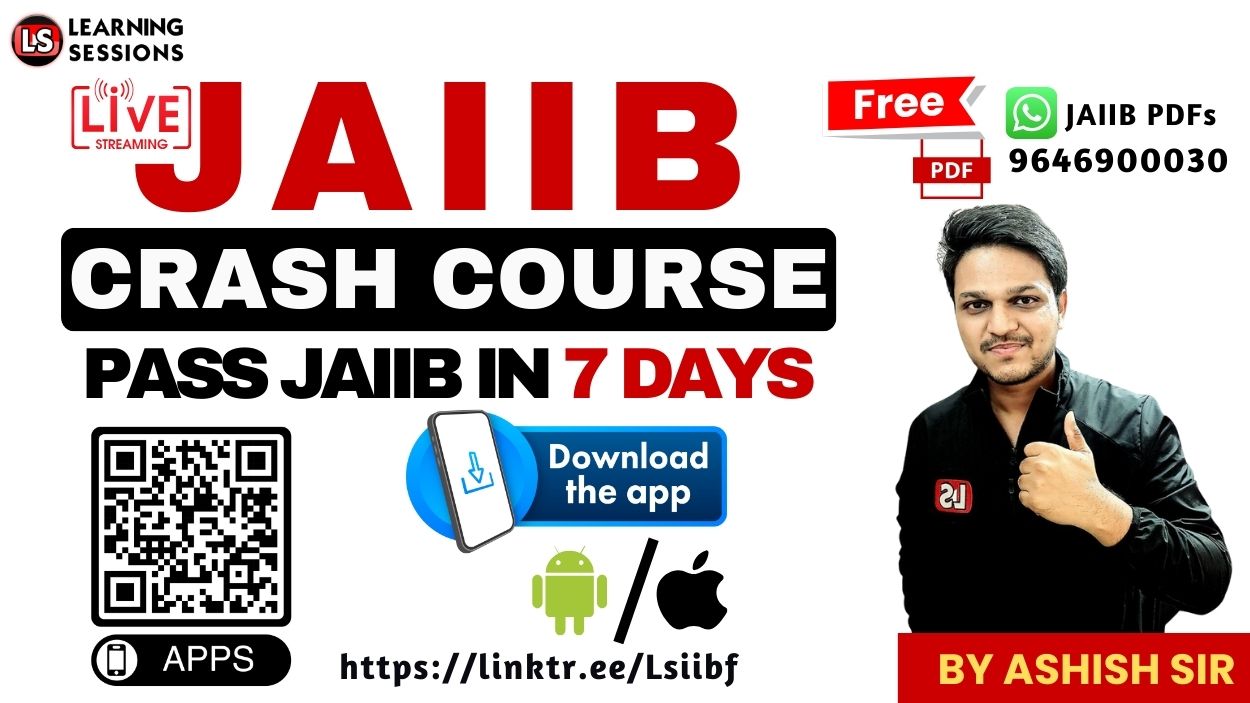Ever wondered how companies decide their financing mix? Should they rely more on debt or equity? What impact does it have on their valuation? If you’re preparing for JAIIB/CAIIB exams, understanding Capital Structure & Cost of Capital is crucial!
📚 JAIIB Study Resources 📚
👉 Check Here
👉 Check Here
👉 Check Here
👉 Get Tests Here
👉 Check Here
👉 Watch the full video here for a detailed breakdown:
📌 Capital Structure Theories
1️⃣ Net Operating Income Approach
- Suggests that the value of a firm is independent of its capital structure.
- Changes in debt or equity do not impact the firm’s overall value.
- Only the operating income determines the company’s valuation.
- Key Takeaway: The firm should focus on maximizing operating income rather than worrying about debt or equity ratios.
2️⃣ Traditional Position Approach
- Initially, using more debt reduces the cost of capital due to tax benefits.
- At a certain point, the cost stabilizes and then starts increasing as risk rises.
- Key Takeaway: There’s an optimal debt-to-equity ratio that minimizes cost and maximizes firm value.
📌 Understanding Cost of Capital
What is Cost of Capital?
It is the cost a company incurs to acquire funds. For companies, it represents the required return to satisfy investors. For investors, it’s the minimum return they expect.
Components of Cost of Capital
- Cost of Debt – Interest paid on borrowed funds.
- Cost of Preference Capital – Fixed dividend paid to preference shareholders.
- Cost of Equity – Expected return demanded by equity investors.
📌 Weighted Average Cost of Capital (WACC)
Formula:
WACC = (Cost of Equity × Equity %) + (Cost of Debt × Debt %) + (Cost of Preference Capital × Preference Share %)
📌 Download the PDF Notes 📩







